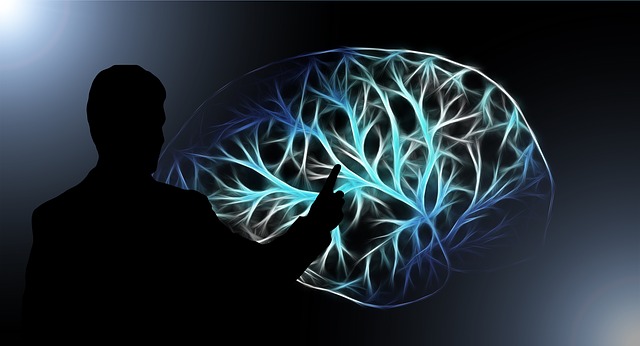
CALGARY – Researchers at the University of Calgary say they have developed a portable brain-imaging system that would literally shed light on concussions.
Symptoms of a concussion can vary greatly between individuals and include headaches, nausea, loss of memory and lack of co-ordination, which make it difficult to find treatment options.
That’s where the light comes in.
“We shine light. In the infrared system, there’s a particular wavelength that goes through tissue quite well. You shine a light in and you measure the colour of the blood in the brain,” said Jeff Dunn, director of the Experimental Imaging Centre at the University of Calgary’s Cumming School of Medicine.
“Light is absorbed differently depending on how much oxygen is absorbed in the blood. We can measure brain activity. What we didn’t know is how that would change after concussion.”
The device, which contains small lights with sensors connected to a computer, is placed on the top of the head to monitor and measure brain activity.
Dunn says symptoms make it fairly simple to determine if someone has suffered a concussion. Determining the extent of damage and the long-term consequences is more difficult.
“That’s where this will add some benefit,” Dunn said.
Keith Yeates, the lead for the university’s Integrated Concussion Research Program (ICRP) and the study’s co-investigator, said the technology “has the potential to provide a convenient method for helping detect concussion.”
More importantly, Dunn said it could help treat concussions in the future.
“It’s really hard to understand what treatments will modify that trajectory of symptoms,” he said. “So the earlier people know about what kind of injury it is … people can test these treatments that will really help with patient care.”
Dunn became interested in finding a way to image concussion after his children became involved in ski racing.
“A lot of kids on the ski hill were getting head hits and it was really very apparent that there wasn’t an imaging method that could help them.”
Dunn will be teaming up with physicians at the Alberta Children’s Hospital, and other University of Calgary researchers over the next five years to follow a group of children who have suffered concussions and track their progress.
A recent study, by Dunn and colleagues, showed promising results of the device’s ability to detect changes in brain activity in adults with long-term symptoms post-concussion. The findings are published in the Journal of Neurotrauma.